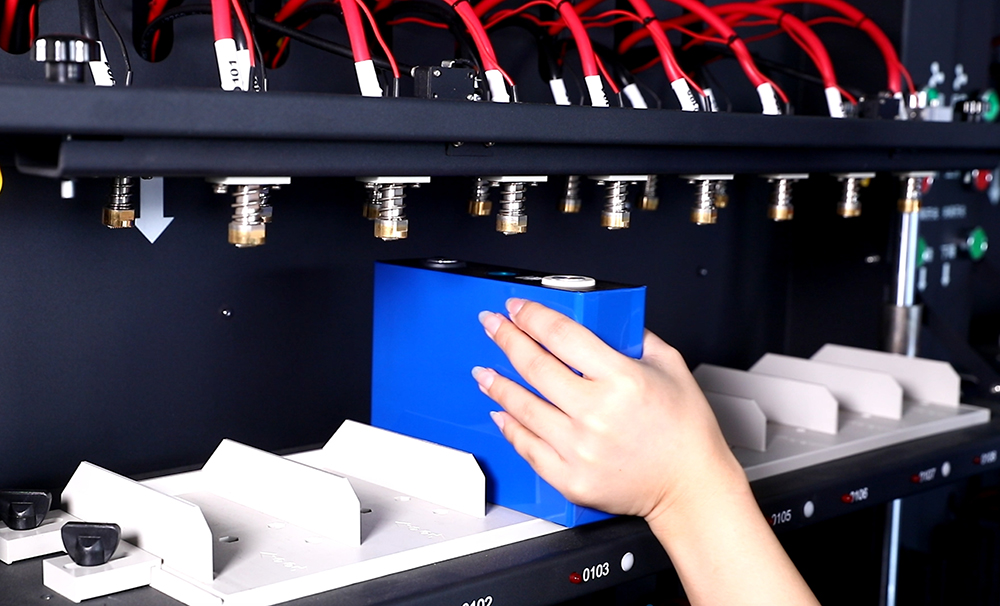The battery capacity detection of the battery divider cabinet mainly involves the following steps:
Charging: Place the battery in the capacity divider, set the charging current and voltage parameters, and charge the battery until it reaches the rated voltage. For example, for common lithium batteries, they are usually charged to around 4.2V, and during this process, the battery capacity divider will monitor and record the relevant charging data in real time.
Discharge: After the battery is fully charged, it is discharged at a set constant current while continuously recording data such as voltage, current, and time during the discharge process. The discharge termination voltage is generally set according to the battery type, for example, lithium batteries may discharge to around 3.0V. During the discharge process, the capacity divider strictly controls the stability of the discharge current to ensure measurement accuracy.
Data recording and calculation: During the entire charging and discharging process, the dividing cabinet records in detail the voltage, current, and other data at each moment. By analyzing and calculating these data, the actual capacity of the battery is obtained based on the formula for calculating battery capacity (capacity=discharge current x discharge time). For example, if discharged at a constant current of 500mA (milliampere hour) for 2 hours, the capacity of the battery is equal to 500mA × 2h=1000mAh (milliampere hour).
Result evaluation and grading: Based on the calculated battery capacity results, the capacity divider will grade or group the batteries according to different capacity ranges. For example, grouping batteries with similar capacities can facilitate the assembly and use of subsequent battery packs, ensure the consistency of the batteries within the battery pack, and improve the overall performance and service life of the battery pack.




